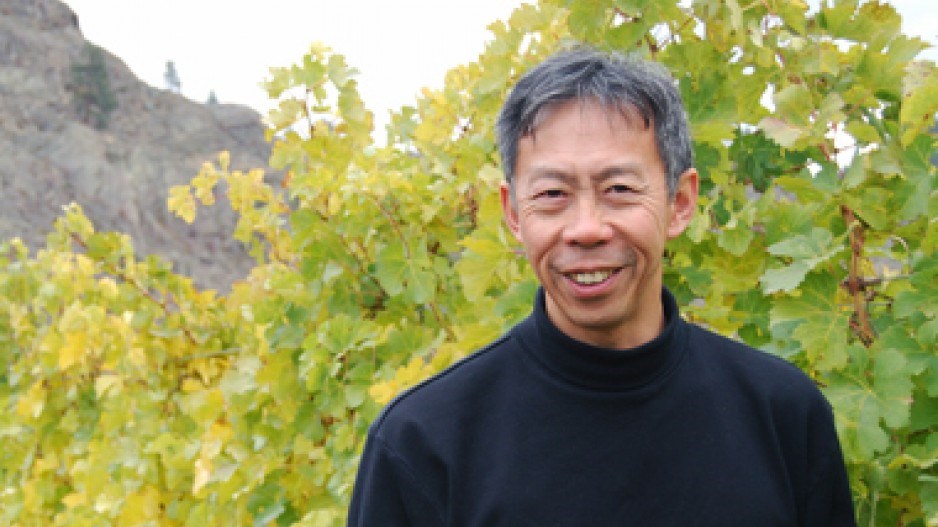Business in Vancouver's "How I Did It" feature asks business leaders to explain in their own words how they achieved a business goal in the face of significant entrepreneurial challenges. In this week's issue, Howard Soon, master winemaker for Sandhill Wines – which is owned by Andrew Peller Ltd. (TSX:ADW) – talks about the challenges vineyards and winemakers faced in developing the Okanagan's reputation as a quality wine-growing region.
"Wine was starting to become the thing to do in the late '70s. White wine was cool to have as a pre-dinner cocktail. But the industry [in B.C.] was very poor – a lot of cheap jug wine. The big brand in those days was Schloss Laderheim. It was based on California wines [blended with B.C. wine].
"The industry was fairly large but the quality was not there. So when I joined Calona Vineyards, we weren't respected. Everybody laughed if you said you worked for a British Columbia winery. B.C.-grown grapes were not competitive with, say, wines from California, [where] they had vinifera, the European-style grape.
"Free trade was a pivotal thing, in 1988-89. All the vineyards with those poor quality grapes were ripped out. It was quite scary. I thought we were all going to lose our jobs. The people who were disenchanted with the industry got out, but new people came in and said, 'I think we can grow European-style vinifera grapes like they have in California. That's the pivotal thing to happen to our industry.
"Our challenge was understanding that the kind of wine we were making from vinifera grapes is totally different from jug wines – the poor-quality French hybrids. We had to do a complete turnaround, not only in our technology but our image.
"In 1997, Sandhill Wines was created. It was our premium label. We had to buy different kinds of presses to get the highest quality juice. Presses in those days were $70,000 to $100,000. We also had to buy high-quality barrels to age red wine. The barrels cost $1,000 each. A French barrel will hold 25 cases of wine. That's not a very good return on investment. You have to believe that it's going to make a big step up in quality, which it did.
"It wasn't just technical stuff. The other side was the public image. Calona Vineyards had the worst reputation because we made those street wines. We had to turn around the public image of B.C. wines. I was part of that, but I wasn't the only guy – many people were.
"I started teaching wine appreciation at Okanagan College. I became a certified wine educator. Having credentials is important. We entered competitions and entering those wines in wine competitions around the world and winning gold medals – that established our reputation.
"When I first started at Calona Vineyards in the 1980s, there were only five major wineries, and they were all despised because they were making those cheap jug wines. Now we've got almost 200 wineries. One hundred per cent of the grapes that are used for the fine wines you're growing are grown here in British Columbia. And that's fundamental to the success of where B.C. is today." •




